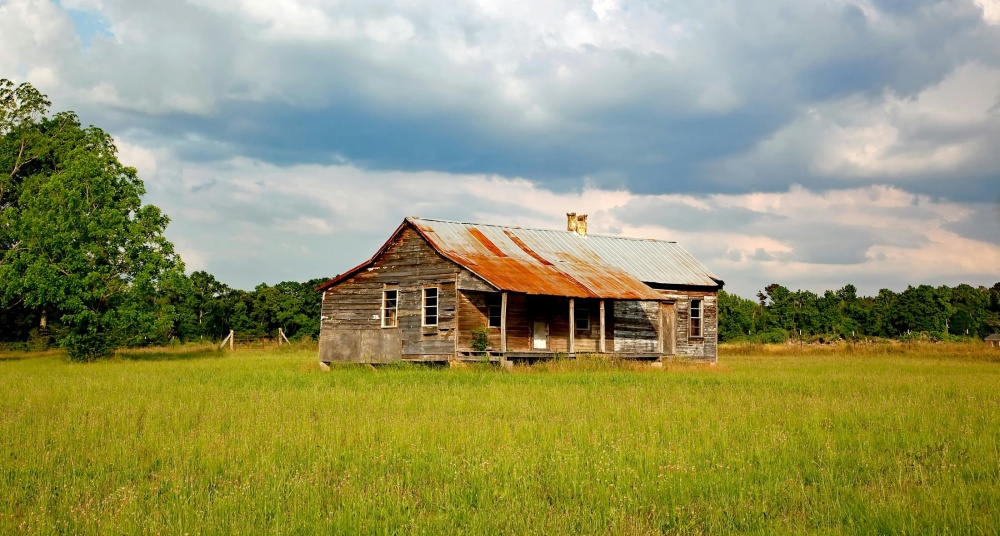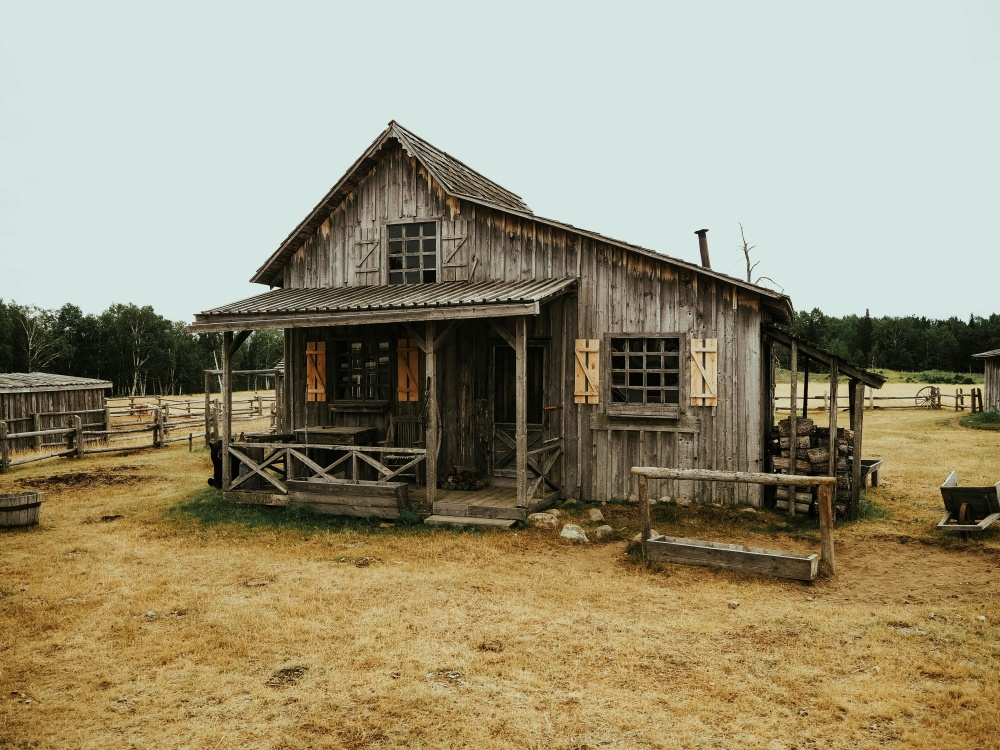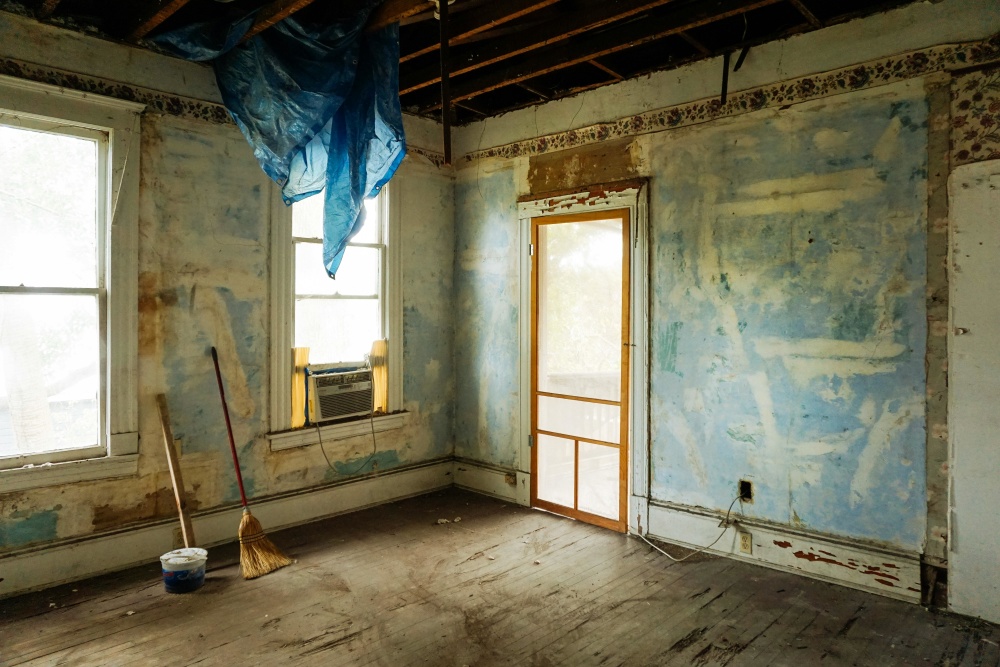Updated March 21, 2024
Akiya Houses of Japan: Abandoned Houses and How To Buy One
“In Japan, abandoned houses are dime a dozen.”
You may have heard this before, but have you ever wondered why this is, or better yet, whether you can get one for yourself?
Abandoned houses, known as akiya , are very common here in Japan. Especially in the inaka (countryside) of Japan. If you’re aware of the potential costs and responsibilities attached and know where to look for them, you might even score one for an affordable price.
In this post, I’ll explain why there are so many akiyas in Japan, how to find and buy one for yourself, and what to look out for. But first, let’s explain what an “akiya” really is.
In this article: 📝
Cheap Houses In Japan: What Is An Akiya?
An akiya is essentially a property that was abandoned for various reasons, which I’ll cover below. These properties are also called vacant homes, cheap houses, or even “free houses” because some are uncannily cheap.
While it may sound like a curious little niche in the housing market, reports state that there are over 8 million abandoned properties throughout the country. To put things into perspective, that’s one abandoned house in every 10 houses in Tokyo.
The speed at which properties are gaining abandoned status is also at a concerning level. The same report states that if things continue at the same rate, about one-third of all properties in Japan will be abandoned.
This also means hundreds of small towns disappearing from the map. Once people start abandoning properties in a small town, it’s like a plague: many more soon follow suit, while the town doesn’t gain any new population.
People simply don’t want to move to a town where the government may soon declare nonexistent, stopping the investments and development in the area. Of course, this isn’t the only reason why people continue to abandon their properties.
Why Are There So Many Abandoned Houses in Japan?
As I said, a trend in abandoned properties tends to spread out rapidly in the smaller towns of Japan, but what about the cities? Why are there so many abandoned houses in Tokyo, Kyoto, or Osaka, and why is it so common that it’s become a part of the culture to buy these houses for cheap?
Culture and Practical Difficulties
First of all, it has a lot to do with the culture. Unfortunately, while the Japanese culture usually values what’s old when it comes to belongings and artifacts of the past, the same doesn’t apply to houses.
For many Japanese people, an old home is undesirable, while a new one holds potential for the future. After all, homes are often abandoned due to the death of the owner.
Oftentimes, when an old person has no one to pass the property on to or when the relatives refuse to accept the inheritance, the place becomes “abandoned.”
Other times, the process isn’t as clear-cut. Properties may sort of become forgotten over time, as some people inherit land from far away and never visit but refuse to sell it away due to emotional attachment to the family property.
Over time, the owner who doesn’t care about the property passes, and the place becomes “unclaimed land.”

Tax Responsibilities and Other Technicalities
Another motivation for many people to leave property behind is due to taxes and the overall financial burden owning a property brings. As not all people buy land and some inherit it from relatives, many people, especially the younger generations, aren’t ready to own a property yet.
So, people choose to abandon properties that cost them regular taxes because the property is either too far away to care for, too small, or practically worthless.
Naturally, because abandoning properties is so common, this results in outdated information on property deeds. So, oftentimes, the real owner of a property is so hard to find that transferring the ownership becomes legally impossible.
In a way, the more complicated the history of an abandoned house, the more it becomes impossible to sell.
Where To Look For Cheap Houses in Japan
Now that you know what a “vacant home” is, you’re probably curious about where to look for one.
There are a few comprehensive platforms you can check out. Mainly, HOME’S and At Home are the two commercial websites where you can search for properties all over Japan.
Despite being privately owned, these two companies have been licensed by the government to serve as akiya banks, so they’re safe to use. In addition to these, each prefecture and its municipalities also have their own akiya banks.
Checking each municipality's website can be overwhelming, but thankfully, you can use AkiyaBanks for this. Here, you can look up akiya banks in specific cities and villages and search by municipality and region.
In addition to these websites, you can also check out Koryoya, where lots of countryside houses become available every day.
Speaking of which, other websites that are great resources for both countryside and urban akiya houses in Japan are Inakanoseikatsu, Furusato-net, and Inakanet, where you’ll also find posts about countryside living. Additionally, you can check Cheap Houses Japan, where you’ll find Instagram posts of cheap house listings as well as access Akiya-related newsletters.
Is It Realistic To Buy An Abandoned House?

Unfortunately, knowing where to look isn’t enough to get yourself an abandoned home so easily. This is a common misconception, as many people believe at first glance that they can buy a house in Japan for cheap and flip it or buy property and move here.
However, there are many potential pitfalls around purchasing an akiya, all of which are deceptively easy to fall into if you haven’t done your research.
For instance, those who look into abandoned properties in hopes of renovating and selling them for a better price should know that some properties come with certain conditions. For instance, you may be required to live in the house for longer than you may want to commit to.
Additionally, another caveat to be wary of is a requirement to rent the place out for a set period before legally owning it. In some cases, you might be required to live in the property as a tenant for years in order to legally acquire it.
This isn’t always the case for all abandoned houses, as it’s common for people to buy an abandoned house and rent it out, or even turn it into a cafe, but especially for free houses, the contract may include some dodgy clauses you want to look out for.
So, before you sign, make sure the contract doesn’t require you to live in the house permanently. In some cases, this may even conflict with your visa restrictions, and get you into trouble, so don’t overlook this step.
Beware of Japanese Countryside Houses
In Japan, the number of available akiya drastically increases as you get further into the countryside or the inaka. Akiya available in the countryside often have land attached to them. Most of the time, these are farmlands that haven’t been in use for a while due to being abandoned.
So, if you’re looking for an akiya far in the countryside, you definitely want to make sure that it’s not located in farmland. This is because, generally, these properties are sold on the condition that you’ll farm the land, making use of it.
While you don’t have to farm the land yourself, you still need to find someone to do the job for you. Registering and postponing it for a few years is possible, but you’ll eventually have to make use of the farm.
Also, keep in mind that if you decide to buy farmland, you’ll become a full-time farmer, for which you have to apply and get a permit from the agricultural board.
So, considering everything, those seemingly super cheap houses in Japan’s inaka may not be the tempting opportunity you might think it is, and it’s best to refrain from buying farmland if you don’t want the responsibility.
Free Houses In Japan Aren’t So “Free”: Hidden Costs Abound
While mostly called “abandoned,” you might come across akiyas being referred to as “free houses” as well. While this sure sounds nice, it’s far from the truth.
Many people flock over the idea of buying property for so cheap and even for free, which is understandable, but keep in mind that everything comes with a price.
After all, these properties are called “abandoned” for a reason: most houses are in pretty rough shape, and sometimes, even the photos in the listings may not give you the full picture. You have to go to each listing personally and see the condition of it for yourself.
So, acquiring a “free home” from abroad, as good as it sounds at first glance, isn’t realistic.
A common counter-argument when renovation costs are brought up is that the government will cover some of it, but this is only half-true.
You can get up to 200,000 JPY from the government, but this is only possible on the condition that your renovations will benefit the community around the property as well, and each prefecture has its own rules regarding eligibility.
The renovation costs aren’t the only thing that comes with acquiring an akiya, though, as there are various fees to be paid too. Namely, license, registration, and property taxes, as well as management and acquisition fees are common ones that come to mind.
Considering all this, the total cost of buying an akiya and renovating it, along with all the fees, can end up being more costly than buying a new property in the first place.

The Round-Up: Japan’s Akiya Houses
As the final word on Japan’s empty houses, let’s go through what we’ve covered.
Simply put, akiya houses are abandoned properties that were left by their owners due to death, refection of inheritance, or the financial burden they bring along. In some cases, even transferring the ownership may be a challenge as deeds become outdated over time.
As Japanese people don’t like the idea of a used or abandoned house, these properties are left abandoned and sold for super cheap, which catches many foreigners’ attention. After all, buying a house for dirt cheap can be profitable even if it’s far into the countryside, but this is often not the case in reality.
For one, many akiya houses come with requirements. Owners may be required to live on the land for good, and even farm it if there’s a farmland attached. Besides, the renovation costs and the taxes attached can be enough to qualify a deal as undesirable.
So, while you can look up akiya on sale through municipality websites, as well as private websites like HOME’S and At Home, you may want to exercise caution and see the property for yourself before making any purchasing decisions.
While this is it for Japan’s akiya homes, if you’re looking for regular houses in Japan, check out my post on finding apartments in Japan as a foreigner and moving in Japan, which are both valuable resources.
Get Job Alerts
Sign up for our newsletter to get hand-picked tech jobs in Japan – straight to your inbox.


